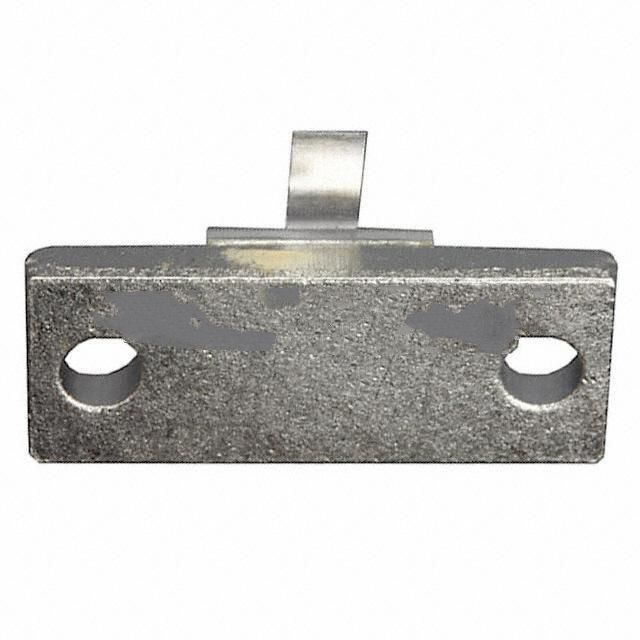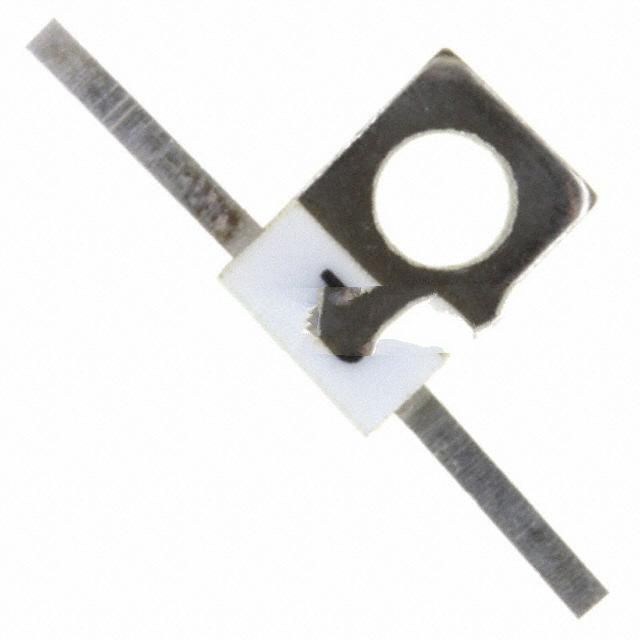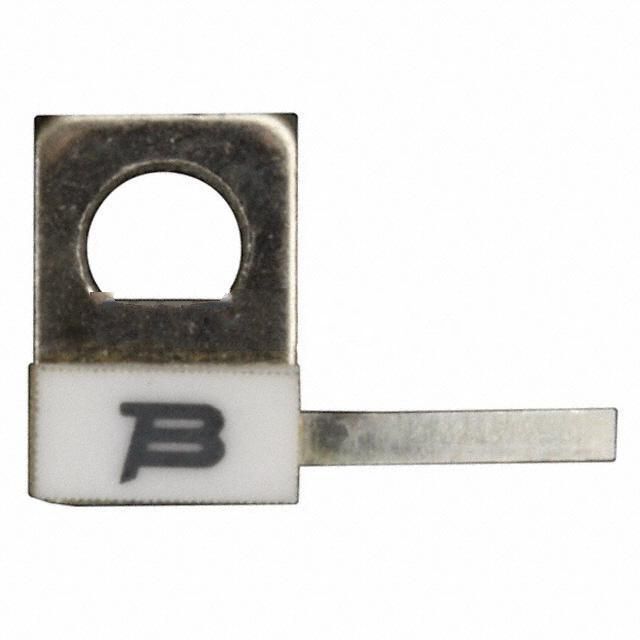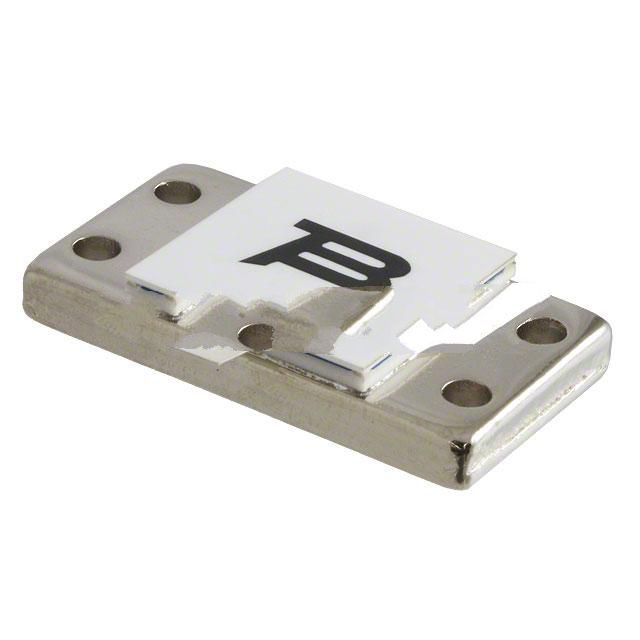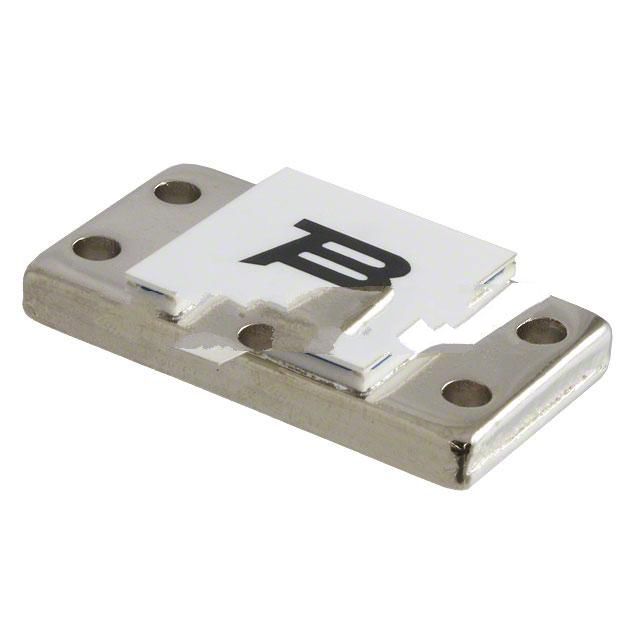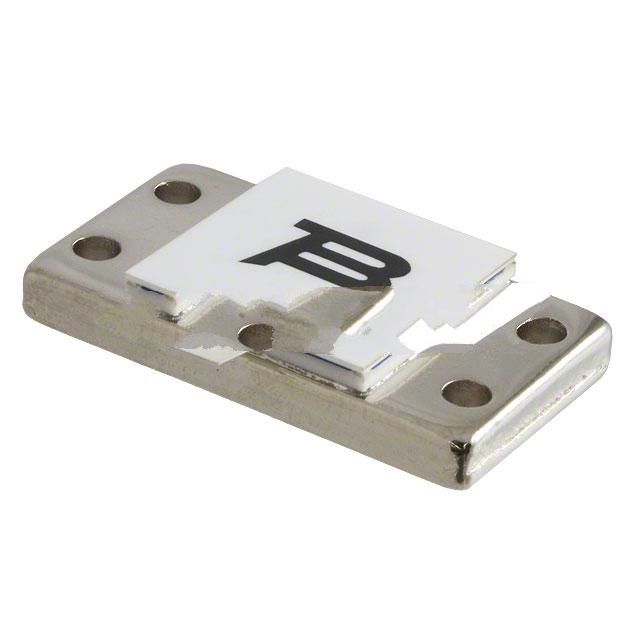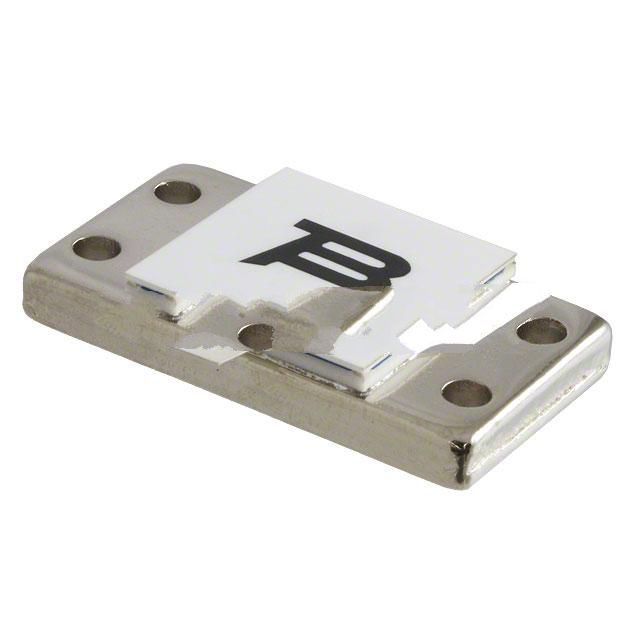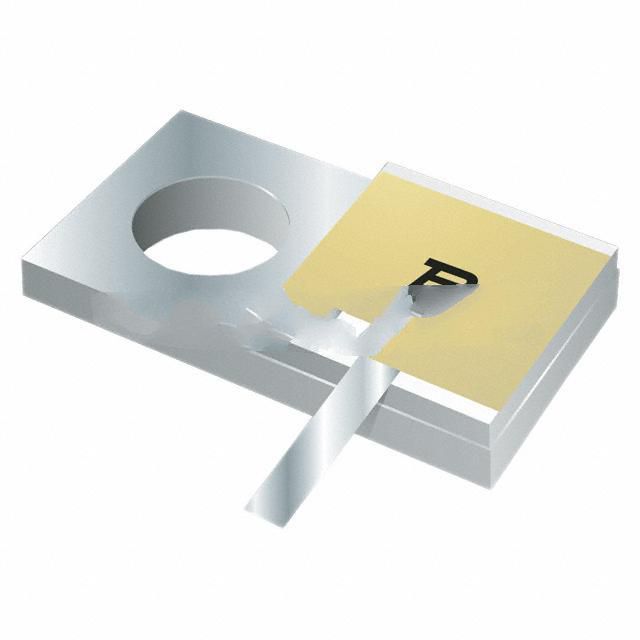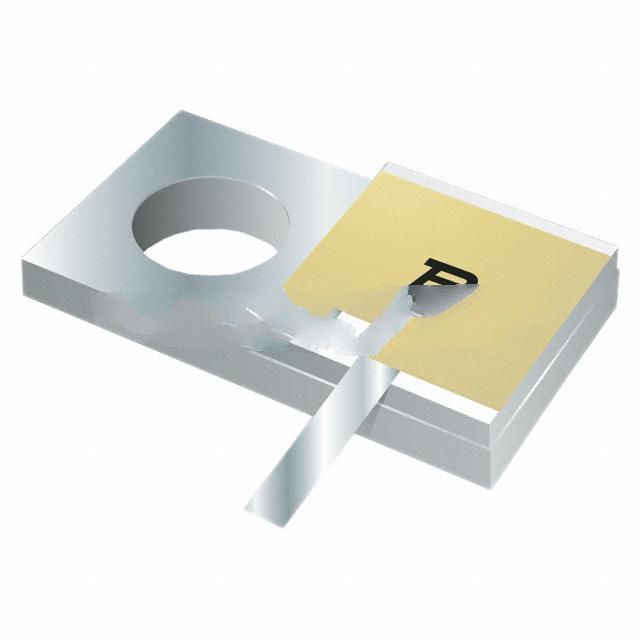Do you know what the symbols for resistors are?
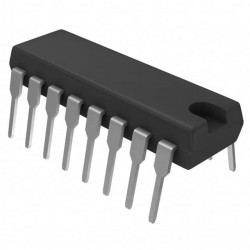
We all know that a resistor is an electronic component whose main function is to limit the flow of current, reduce voltage, or divide voltage in a circuit. There are many classifications of resistors, and different resistors have different resistor symbols. A resistor symbol is a specific graphic or icon used to represent a resistor in electronic circuit diagrams. This symbol is standardized to help engineers and technicians understand circuit diagrams more easily, allowing them to design better, analyze and maintain electronic systems. What are the resistor symbols you know? Let's learn about resistor symbols with Jinftry Electronics!
To know what the resistor symbols are, we first determine the classification of the resistors. In order to facilitate our discussion and identification of resistor symbols, Jinftry only divides resistors into fixed resistors, variable resistors, and special resistors. Resistors with fixed resistance are called fixed resistors, mainly including carbon film resistors, metal film resistors, metal oxide resistors, silicon carbide resistors, metal strip resistors, and precision resistors. It needs to be explained here that there are two international standards for fixed resistor symbols, namely NEMA and IEC standard systems.
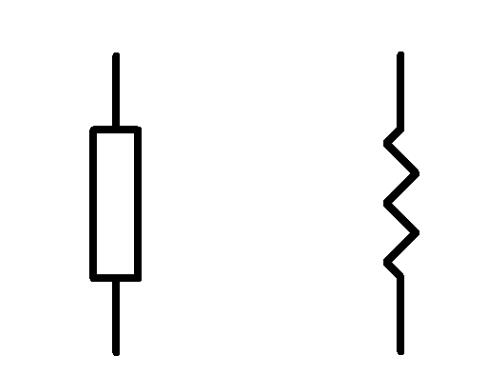
On the left is the NEMA standard fixed resistor symbol, and on the right is the IEC standard fixed resistor symbol
1. What are the fixed resistors and their symbols?
1) Attenuator symbol

Attenuators are usually designed to be inserted in a signal path to reduce the amplitude or power of a signal without changing the frequency characteristics of the signal. The symbol for the attenuator is shown above.AD8361 is a type of electronically adjustable attenuator, mainly including AD8361-EVALZ, AD8361ARM, AD8361ARM-REEL7, AD8361ARMZ, AD8361ARMZ-REEL, AD8361ARMZ-REEL7, AD8361ARTZ-RL7, etc.
2) Protective resistor symbol

The main function of the protection resistor is to provide overcurrent protection in the circuit. It is usually designed at a critical position in the circuit to limit the flow of current and prevent equipment or circuit components from being damaged by overcurrent. ERJ-1GE0R00C, CRCW08051R00FKEA, CRCW08051R00FKEAC, CRCW08051R00FKEAHP, PR01000101001JA100, C0805C102K5RACTU, etc. are common protective resistors.
3) Preset resistor symbol

Preset resistors generally refer to an adjustable resistor that allows engineers or users to manually adjust the resistance value to suit the needs of a specific circuit or application. 3296W-1-103LF, 3266W-1-502LF, MCR03EZPFX1000, 3299W-1-103LF, 3386P-1-503LF, 3266W-1-104LF, etc. are common preset resistors.
4) Impedance symbol

Impedance is a complex concept in electrical circuits that describes how obstructive a circuit element is to an alternating current (AC) signal. Impedance is a complex number with two parts: a real part (called resistance) and an imaginary part (called reactance). SRFC025-100, SRFC025-150, SRFC025-200, 744355122, 7443551221, etc. are common impedances.
5) Heating original symbol

A heating element is an electronic component or device whose primary function is to generate heat or increase the temperature of the surrounding environment. These devices typically achieve their heating effect by converting electrical energy into heat. B57235S0100M000 is a commonly used heating element.
6) Memristor symbol

The memristor gets its name from the combination of the words "memory" and "resistor" because it exhibits a very specific resistive property, the ability to "remember" a resistive state. When power is turned off/on it remembers its last known resistance.
7) Symbol of a shunt resistor

Shunt resistors typically have very low and precise resistance values, which means they introduce almost no additional voltage drop in the circuit. When current passes through a shunt resistor, the voltage drop it produces can be easily measured without significantly affecting the regular operation of the course.
8) Resistor array symbol

A resistor array consists of multiple resistors arranged in the same package. The purpose of a resistor array is to provide a compact, highly integrated way to implement multiple resistors to meet a variety of resistance value needs in a circuit.
2. After reading the fixed resistor symbols, let's look at the variable and adjustable resistor symbols.
1) Variable resistor symbol

A variable resistor, also known as a potentiometer or rheostat, has a variable resistance and is typically manually operated by an engineer or user. The resistance value of a variable resistor can be adjusted with a knob, slide bar, or other manual or electric control. This makes them ideal for applications where resistor values need to be adjusted based on changing conditions, such as volume control, brightness adjustment, circuit calibration, etc.
2) Continuous variable resistor symbol

A continuously variable resistor is an adjustable resistor that allows the engineer or user to adjust the resistance value over a continuous range. That means they can use a knob, slider, or other control to change the resistance value continuously, rather than just making adjustments in discrete steps.
3) Step variable resistor symbol

The resistance of a step variable resistor increases or decreases in steps, unlike a continuously variable resistor, which allows the user to adjust the resistance value in discrete steps rather than continuously changing the resistance value. Each step corresponds to a specific resistance value, and the user can choose between these predetermined steps. This type of resistor is usually adjusted with a knob, switch, or other control device.
4) Carbon Pile Variable Resistor Symbol

A carbon post varistor is an electronic component, also known as a carbon film resistor or a carbon film varistor. It is a component used to adjust the value of resistance in a circuit, allowing the user of electronic equipment or an electronic engineer to change the resistance value by adjusting the knob or sliding rod of the resistor. The resistance value of the carbon pile variable resistor can be adjusted within a certain range, so that the current, voltage, or other electrical characteristics in the circuit can be adjusted.
5) Variable resistor symbol with ON/OFF switch

A variable resistor with an ON/OFF switch is a special type of variable resistor that differs from a normal variable resistor in that it has a built-in switching function that can be used to break or connect a circuit. This type of resistor is often called a "potentiometer switch" or "variable resistor switch", which combines the functions of a variable resistor and a switch, so that the resistance value can be adjusted in the circuit, and the circuit can be cut off when needed.
6) Preset Resistor Symbol

A preset resistor is a fixed resistor whose resistance value is preset during the manufacturing process and is usually not adjustable or variable. Unlike variable resistors, preset resistors have a fixed resistance value that a knob, slider, or other means cannot change. This means that once the preset resistors are manufactured, the resistance value cannot be adjusted or changed in the field.
3. In addition to fixed resistors and variable resistors, look at the special resistor symbols
1) Photoresistor symbol

The resistance value of the photoresistor changes with the light intensity. Generally speaking, when the light intensity increases, the resistance value of the photoresistor decreases, and vice versa. This is because light can excite electrons in the semiconductor, leading to an increase in electron concentration in the electron conduction band, which reduces resistance. Bright resistors are usually made of semiconductor materials, most commonly cadmium sulfide or indium sulfide.
2) Thermistor symbol

The resistance value of the thermistor changes with the temperature. Generally, when the temperature rises, the resistance value of the thermistor will increase, and vice versa. This is because increasing temperature causes increased electron activity in the semiconductor material, slowing down the movement of electrons within the material, which leads to an increase in electrical resistance. Usually made of a special semiconductor material such as iron oxide, tin oxide, or copper oxide.
3) NTC & PTC thermistor symbols
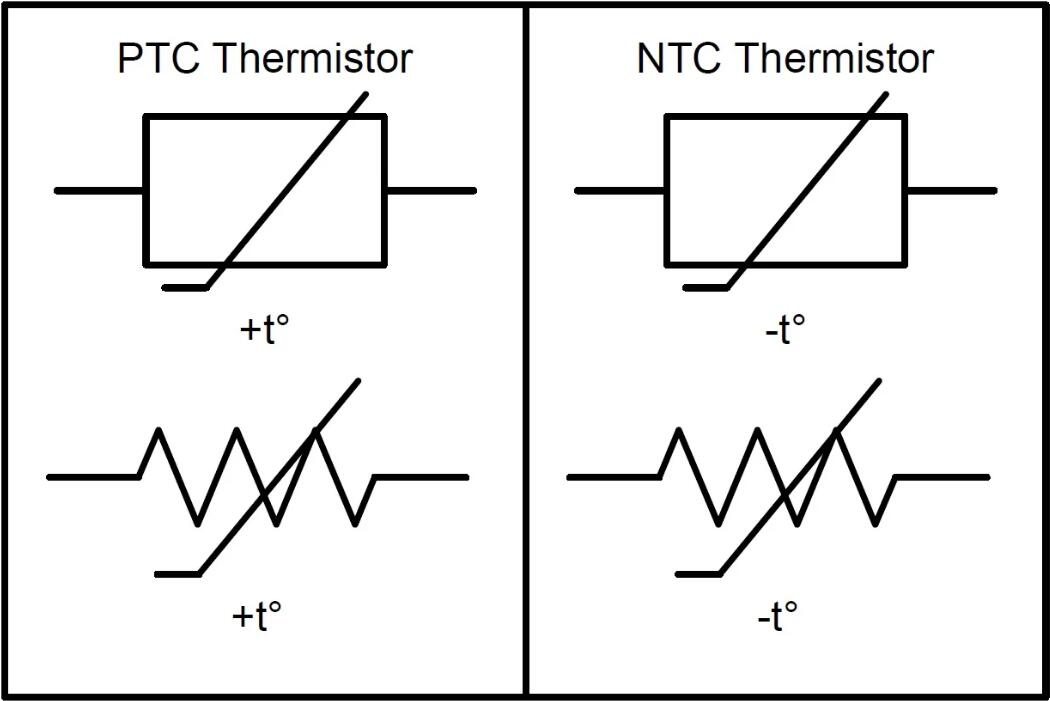
The resistance value of NTC thermistors decreases with increasing temperature, which means they have a negative temperature coefficient, denoted by the -t° symbol. Specifically, when the temperature rises, the resistance value of the thermistor drops rapidly. This characteristic makes NTC thermistors used in many applications for temperature measurement and temperature compensation due to their high sensitivity to temperature.
The resistance value of PTC thermistors increases with temperature, which means they have a positive temperature coefficient, denoted by the +t° symbol. When the temperature rises, the resistance value of the PTC thermistor increases rapidly. This characteristic makes PTC thermistors useful in some specific applications, such as in thermal protection and resettable circuit breakers.
4) Varistor symbol

A Varistor or VDR (Voltage Dependent Resistor) is a resistor whose resistance depends on the applied voltage. Its resistance changes with the applied voltage.
5) Iron hydrogen resistor symbol

Iron hydrogen resistors are commonly used in EMI suppression and filtering applications. They usually come in the form of small components in the shape of a cylinder, characterized by resistive and inductive values. The main function of the iron-hydrogen resistor is to prevent high-frequency electromagnetic noise or interference signals from propagating into the circuit or radiating from the circuit, so as to improve the electromagnetic compatibility of electronic equipment.
6) Magnetic resistor symbol

The resistance value of the magnetoresistor changes as the external magnetic field changes. Magnetoresistors are commonly used to detect and measure the strength or direction of magnetic fields and function as sensors in a variety of applications. The working principle of a magneto resistor is based on the magnetoresistance effect, a material property in which the resistance value is influenced by a magnetic field.
7) Resistance temperature detector symbol

A resistance temperature detector is a temperature sensor whose resistance value changes with temperature. RTDs are usually made of pure metallic material, such as platinum (a common material is a platinum-rhodium alloy), and exhibit a linear resistance-temperature relationship over a range of temperatures.
8) Humidistor symbol
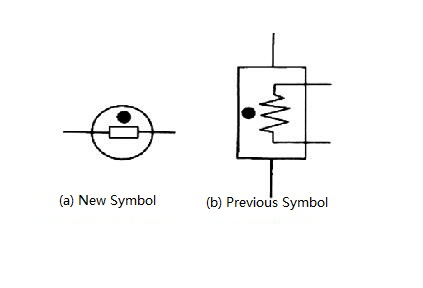
A humidity-sensitive resistor is a sensor used to measure and detect the humidity level of an environment. They are based on the resistive properties of humidity-sensitive materials, the resistance value of the humidity-sensitive resistor is inversely proportional to the ambient humidity. Humidistors are commonly used in humidity sensors, humidity control systems, and other applications that require monitoring of humidity.
9) Network resistance symbol
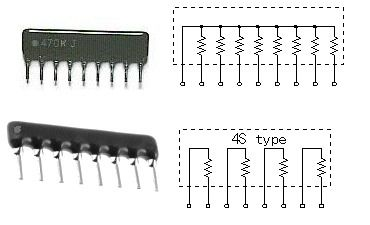
This network can include a variety of different resistor values, connections, and configurations to achieve a specific resistor value, impedance, or resistive characteristic in the circuit. 4116R-1-103LF, RC0603JR-071KL, MP915, EXB-2HV, etc. are common network resistors.

